Growth in Contact Lens Usage
The growth in contact lens usage appears to be a significant factor influencing the Artificial Tears Market. As more individuals opt for contact lenses for vision correction, the incidence of dry eye symptoms may increase due to lens wear. This trend is particularly evident among younger populations who are increasingly adopting contact lenses. Market data indicates that the rising number of contact lens users correlates with a heightened demand for artificial tears, as these products provide essential moisture and comfort. Consequently, manufacturers in the Artificial Tears Market are likely to focus on developing products specifically designed for contact lens wearers, further driving market growth.
Increase in Aging Population
The increase in the aging population appears to be a significant driver for the Artificial Tears Market. As individuals age, they often experience a decline in tear production, leading to dry eye conditions. According to recent demographic data, the proportion of individuals aged 65 and older is projected to rise, which correlates with a higher prevalence of dry eye syndrome. This demographic shift suggests a growing demand for artificial tears, as older adults seek relief from discomfort associated with dry eyes. Furthermore, the aging population is likely to be more aware of eye health, potentially increasing the consumption of artificial tears. This trend indicates that the Artificial Tears Market may experience substantial growth as manufacturers cater to the needs of this demographic.
Rising Awareness of Eye Health
There is a notable increase in awareness regarding eye health, which seems to be influencing the Artificial Tears Market positively. Educational campaigns and health initiatives have contributed to a greater understanding of conditions such as dry eye syndrome. As consumers become more informed about the importance of maintaining eye moisture and comfort, the demand for artificial tears is likely to rise. Market data suggests that this heightened awareness is leading to an increase in product sales, as individuals actively seek solutions for their eye care needs. Additionally, the proliferation of information through digital platforms may further enhance consumer knowledge, thereby driving growth in the Artificial Tears Market.
Technological Innovations in Product Development
Technological innovations in product development are playing a crucial role in shaping the Artificial Tears Market. Advances in formulation technologies have led to the creation of more effective and longer-lasting artificial tears. For instance, the introduction of novel delivery systems and preservative-free options has enhanced product appeal among consumers. Market analysis indicates that products utilizing these innovations are witnessing increased adoption rates, as they offer improved comfort and efficacy. Furthermore, research and development efforts are likely to continue, fostering a competitive landscape that encourages the introduction of new and improved artificial tear products. This trend suggests that the Artificial Tears Market will continue to evolve, driven by ongoing technological advancements.
Increase in Environmental Factors Contributing to Dry Eye
The increase in environmental factors contributing to dry eye conditions is emerging as a notable driver for the Artificial Tears Market. Factors such as pollution, prolonged screen time, and air conditioning are known to exacerbate dry eye symptoms. As urbanization continues and lifestyles become more sedentary, the prevalence of dry eye syndrome is likely to rise. Market Research Future indicates that consumers are increasingly seeking artificial tears as a remedy for discomfort caused by these environmental influences. This trend suggests that the Artificial Tears Market may experience growth as individuals look for effective solutions to combat the effects of their surroundings on eye health.
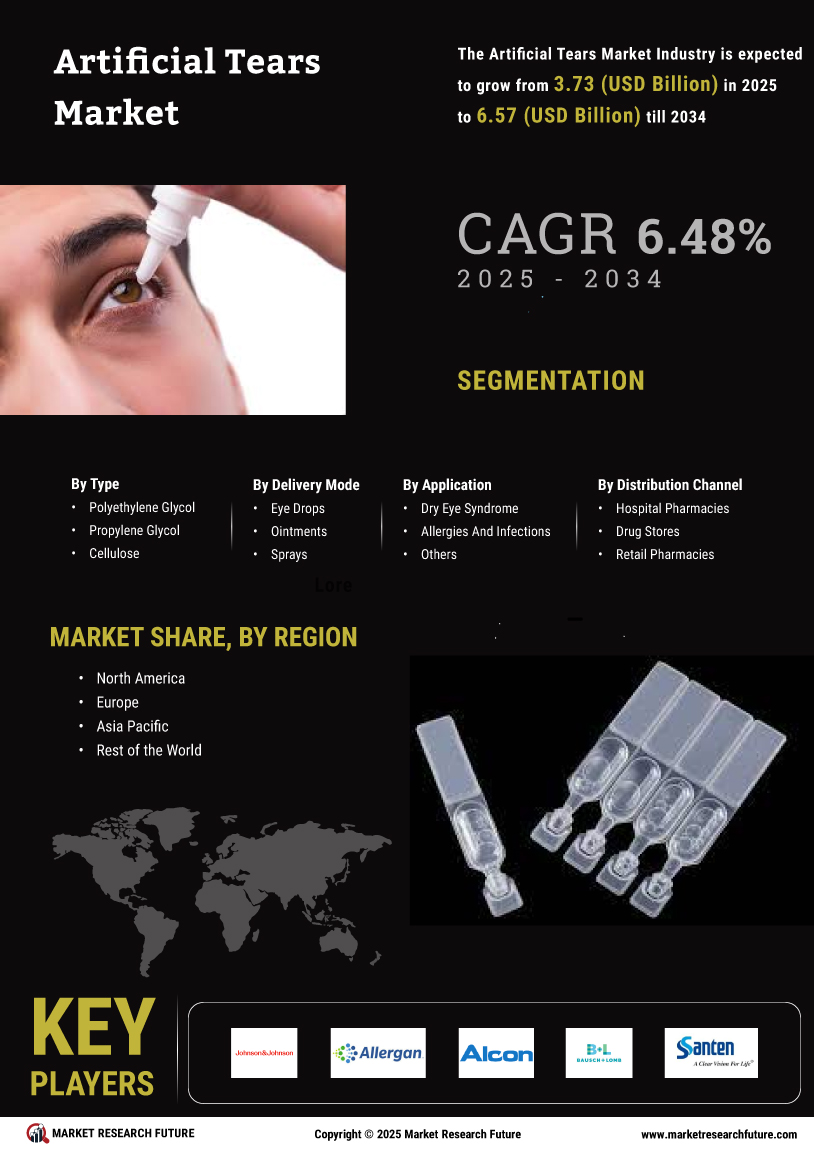

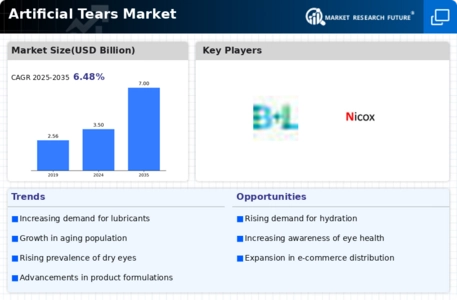
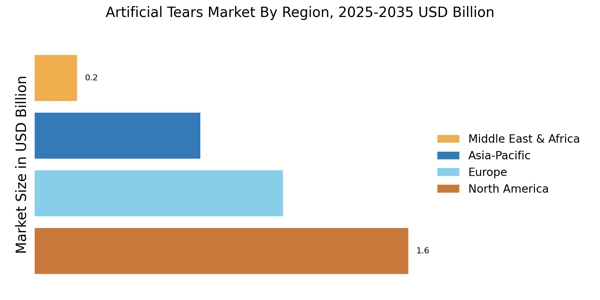
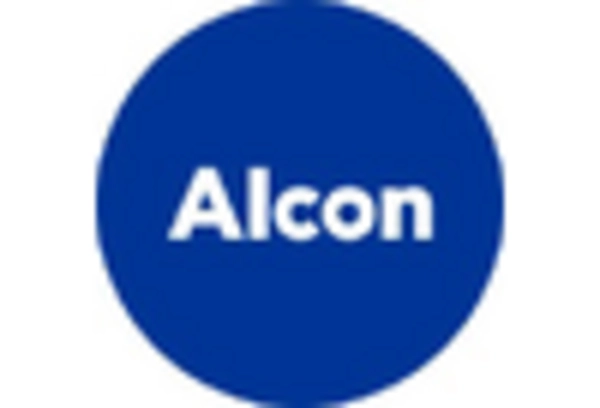
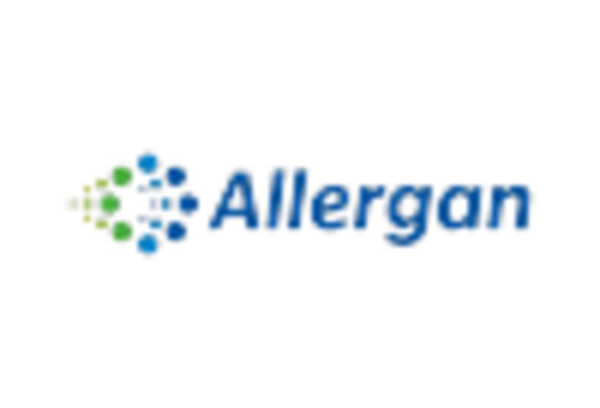



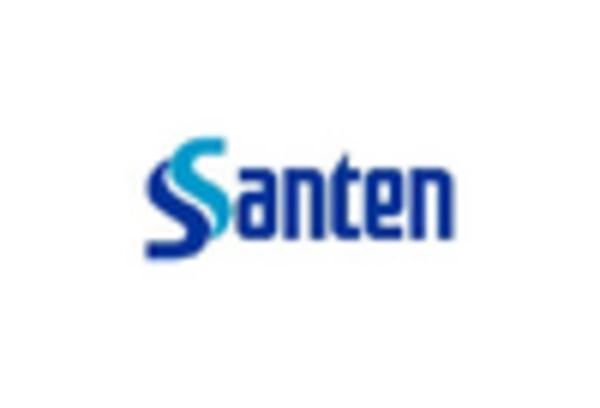








Leave a Comment